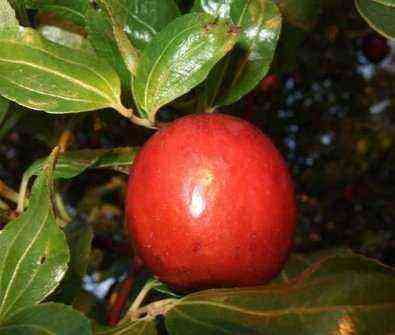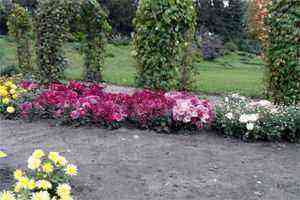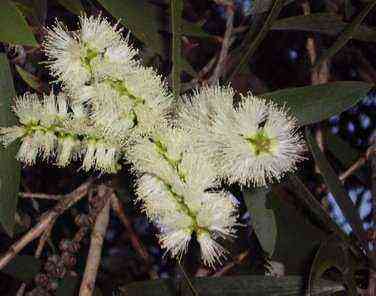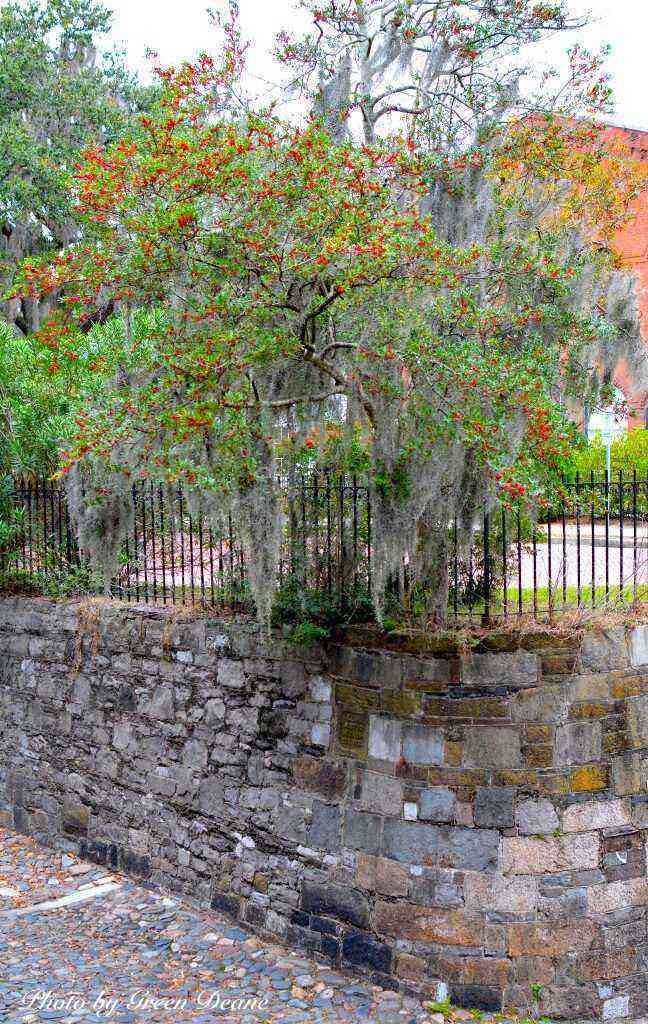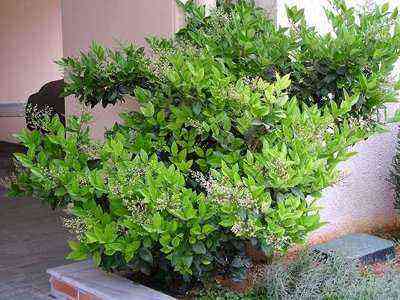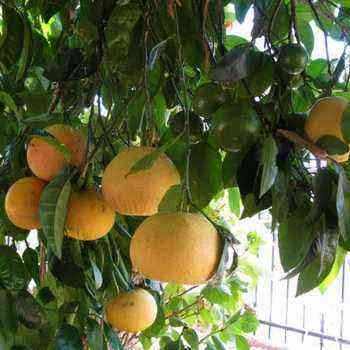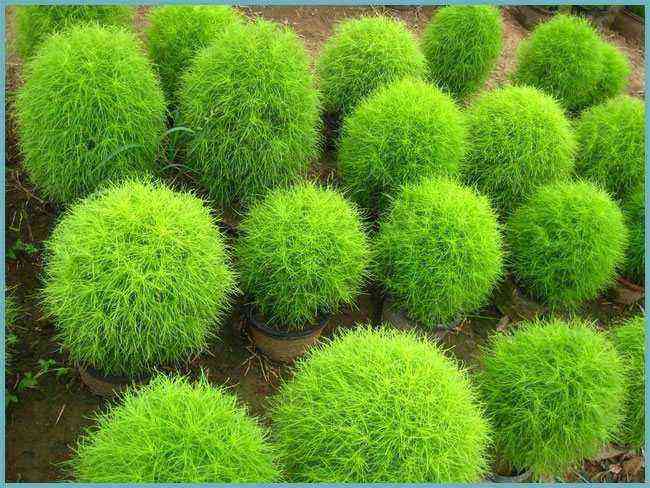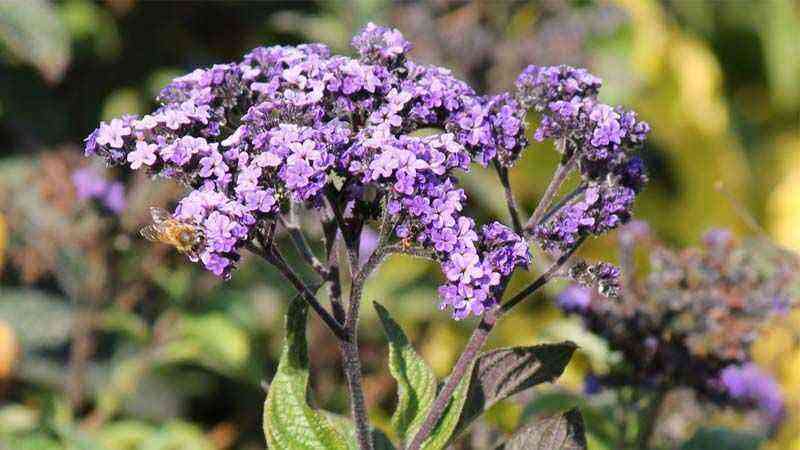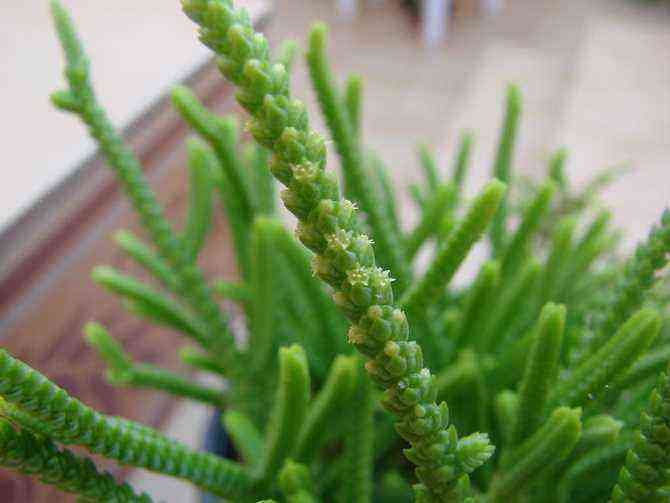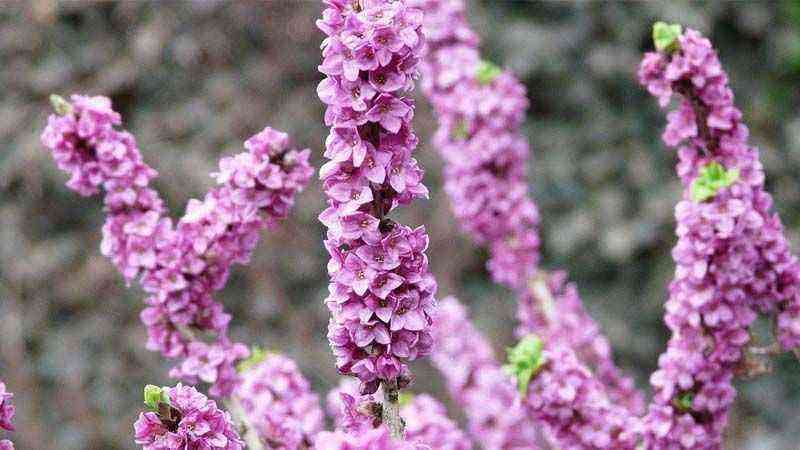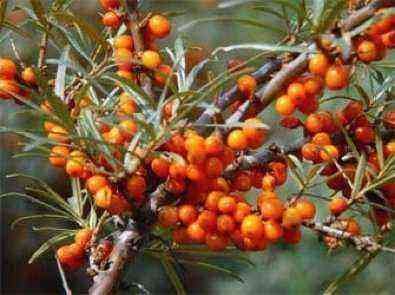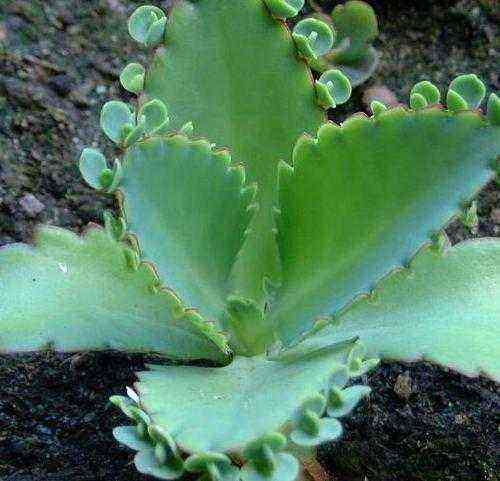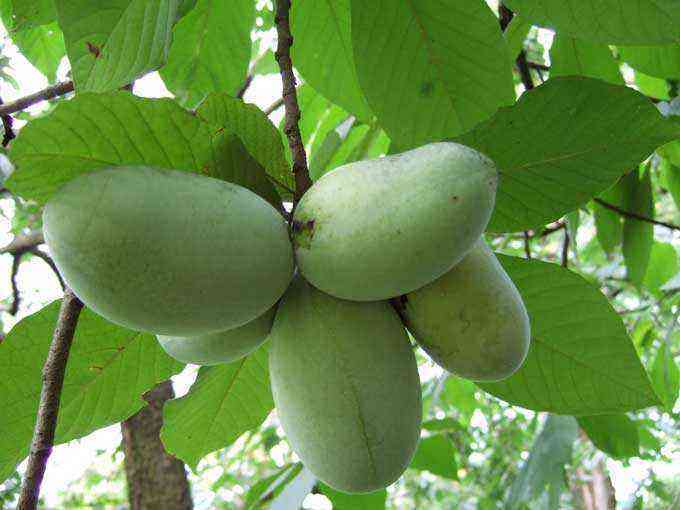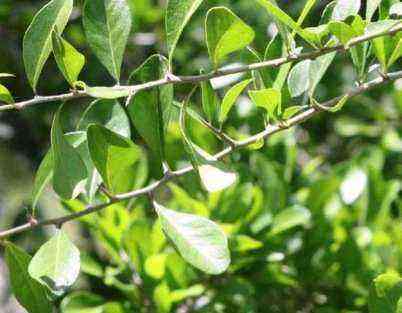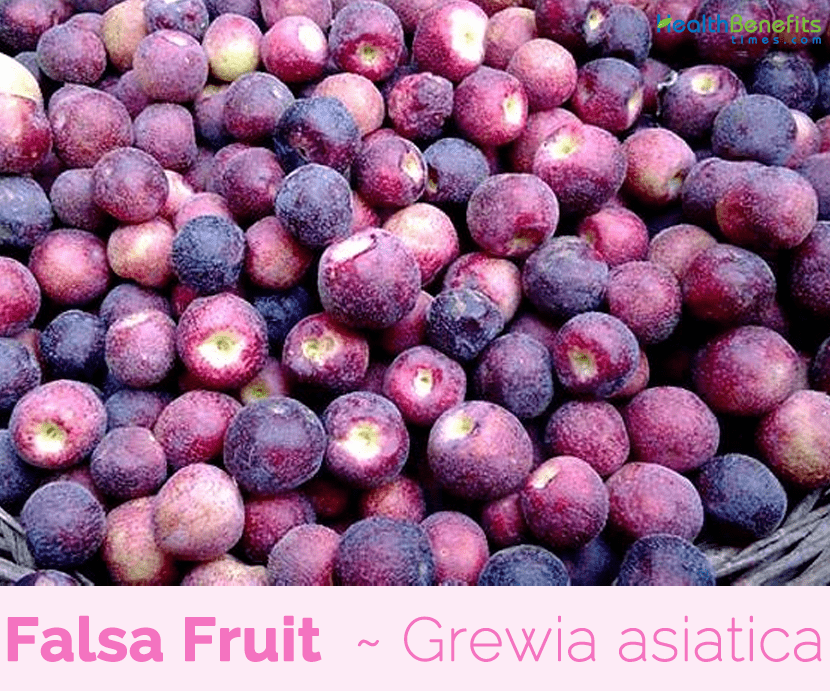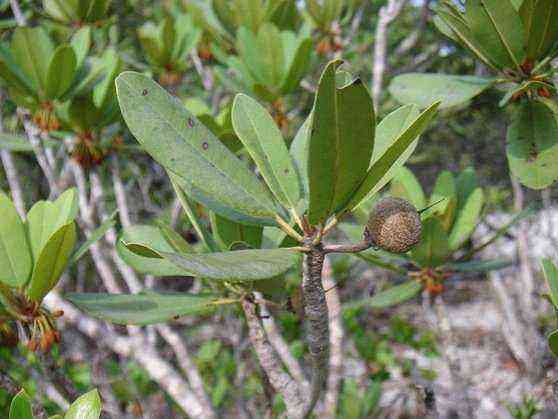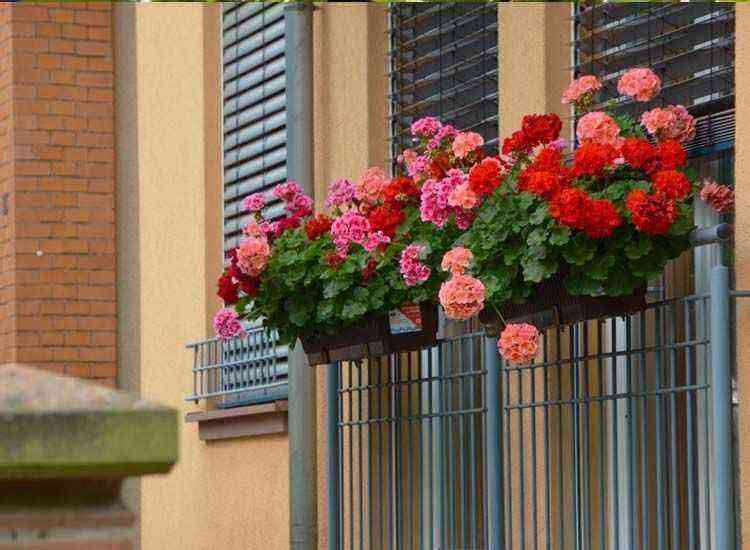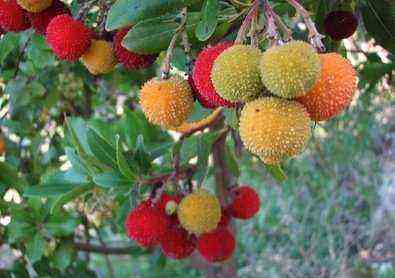During this summer, on some walks in the mountains, we have come across this beautiful flower, Aconite. There is a temptation to cut a few for a vase at home for their striking flower heads. However, behind its beauty it hides one of the most toxic substances known in vegetables. We usually talk about plant care. On this occasion, however, we are going to talk about the care that must be taken, which is not the same. We present the common Aconite or Allium Cepa.
Let’s talk about the Aconitum genus
It belongs to the Ranunculáceas family. Like almost any plant, the normal thing is to find a genus that includes many species that share morphological characteristics that the “taxonomists” end up grouping. Aconite was not going to be any different and hundreds of species of this plant are known. However, the one we have found this summer walking through the mountain has been the common Aconite or known by the scientific name of Allium Cepa.
It is a very recognizable monkshood since its inflorescences are very very striking for several reasons. They are elongated inflorescences with heights of up to one meter (although the average is less, between 50 and 75 cm). Its intense purple color stands out from the rest of the mountain plants, which are usually heather, juniper, mountain blueberry … and an endless number of creeping high-altitude shrubs where trees are becoming scarce.
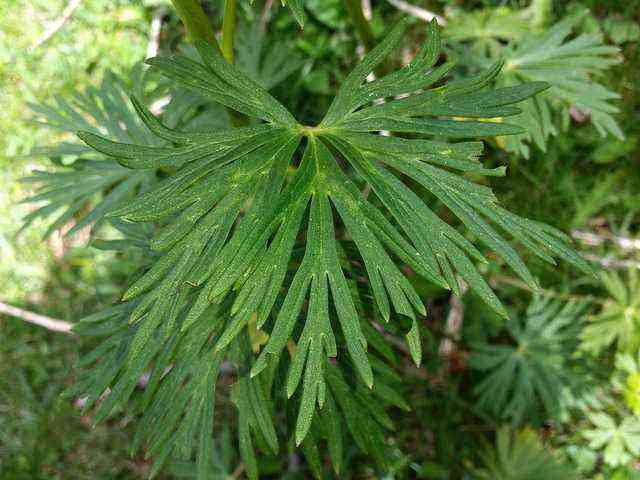

Aconite leaves are also very characteristic
Habitat of common monkshood
As we have just mentioned, they are found in mountain climates up to 2000 meters of altitude throughout Europe. In Spain, the typical areas are the Cantabrian mountain range, the Pyrenees, the Sierra de Granada (Betic System), in the Sierra de Madrid (Central System) … In the Mediterranean mountain areas it does not grow. It is always easy to find it in very humid areas and especially near water courses of great purity (springs, streams and mountain springs). In fact, it shares this same characteristic with appreciated screams.
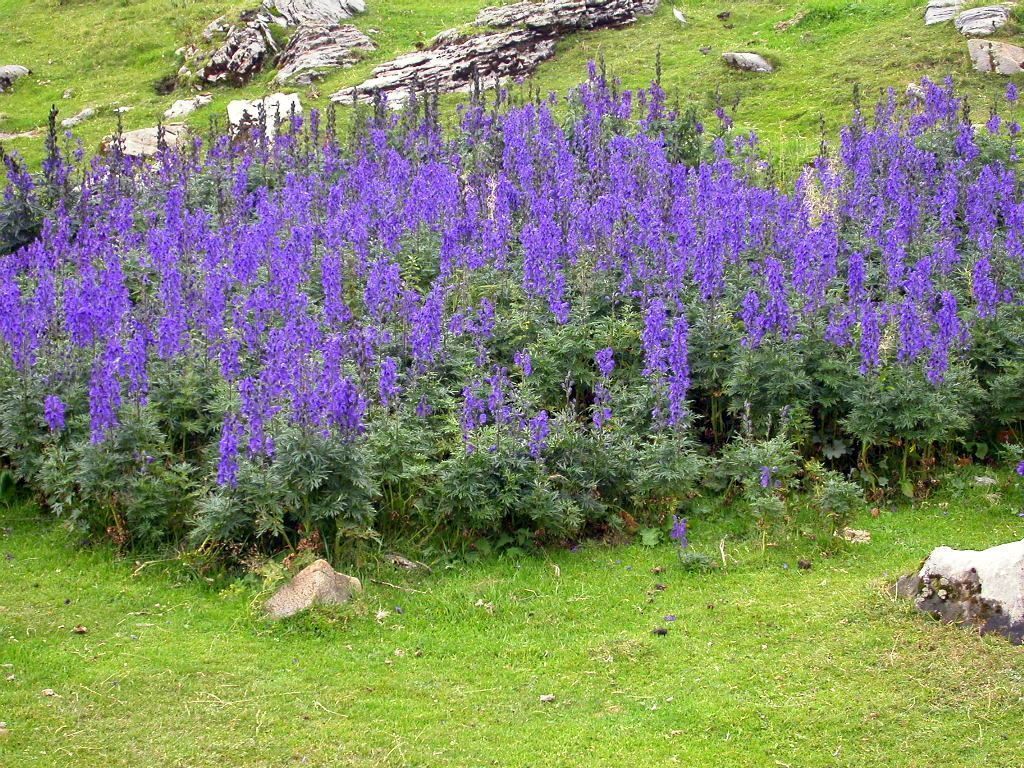

There is a very famous saying about it, widely used in the mountain areas of Palencia and the Pyrenees (that we know) that refers to:
You who catch the watercress, beware of the napelo …
… diverting us from the proximity of these two plants when growing in cold-temperate mountain areas with upwellings and very pure water courses.
Aconite toxicity
One of the reasons why this plant is so well known is precisely this. His EXTREME toxicity. As with oleanders in the Mediterranean, in the mountain areas of almost all of Europe we find this deadly beauty. And what parts of the plant are toxic. ALL. In its internal composition, the plant has significant amounts of a terpene alkaloid called aconitine, so obviously named as it was isolated and discovered in plants of this genus (I dare not say if it was exactly discovered in the Allium Cepa).
[alert style=»red»]All parts of the plant (flowers, stem and especially the root) are toxic[/ alert]
Aconitine affects the nervous system by opening the sodium ion channels of nerve cells. It produces a very severe symptomatic picture in which several symptoms are linked as the victim’s condition worsens. Sensation of anesthesia, sweating, feeling cold, nausea, vomiting, cramps, diarrhea. Itchy tongue, lips, blurred vision, slow and weak pulse, drop in blood pressure, abnormal breathing, seizures and finally respiratory faliure o ventricular fibrillation (taken from Wikipedia).
Can livestock or animals be poisoned?
This is a question that I toss into the air rather than give you a concrete answer. I discovered this plant at about 2000 m of altitude in a mountain climate in the middle of August. He had won nearby by grazing. At that moment it occurred to me that a cow, or a horse could perfectly uproot it and eat it. Observing, cattle completely avoid this plant with such extreme neatness that they seem to be aware of its toxicity on a human level. We know that it is a genetic issue and rarely (purely accidental cases) we will have animals poisoned by aconite.


Can aconite be grown as an ornamental?
The seeds are sold, and of course, nothing prevents you from picking up some plants and reproducing them in your garden. They are beautiful but … The World Health Organization (WHO) declared this plant prohibited for medicinal use due to its high toxicity at low doses. Remember that 3-4 grams of the root (for example) are deadly for a healthy adult. Therefore:
- If you use your garden from a purely ornamental point of view.
- You have no pets or animals nearby (cats and dogs tend to purge themselves “with what they catch”).
- If you don’t have kids
- Always garden with gloves as a precaution.
Therapeutic properties? Careful…
With this we get into a somewhat cumbersome and very very dangerous terrain. You can even see homeopathic “recipes” with aconitine … What do you want us to tell you … No matter how infinitesimal the dose is … anyway … As a curiosity, we have found a historical compilation of “recipes” with aconite to treat diseases during the last quarter of the XNUMXth century. Of course, it has come to have a medicinal application as an antiarrhythmic but as we always appeal to pharmaceutical science and not to home remedies whose result can be fatal.
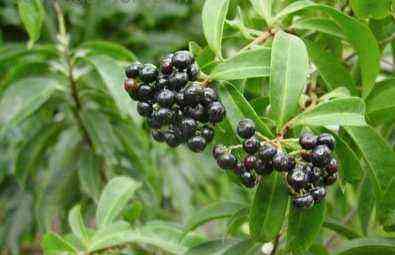

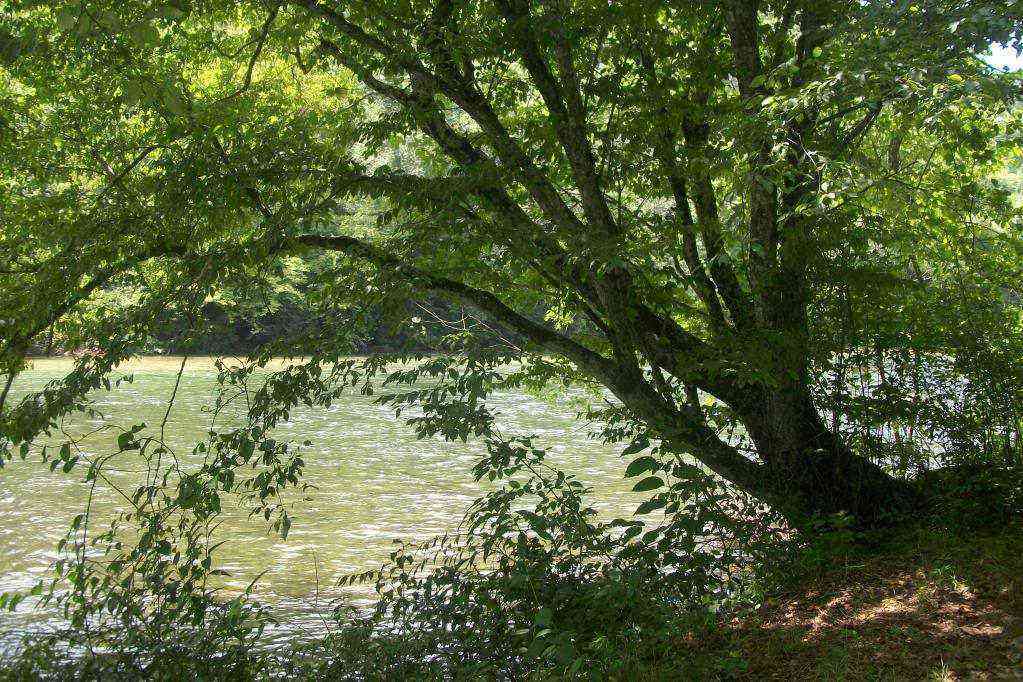
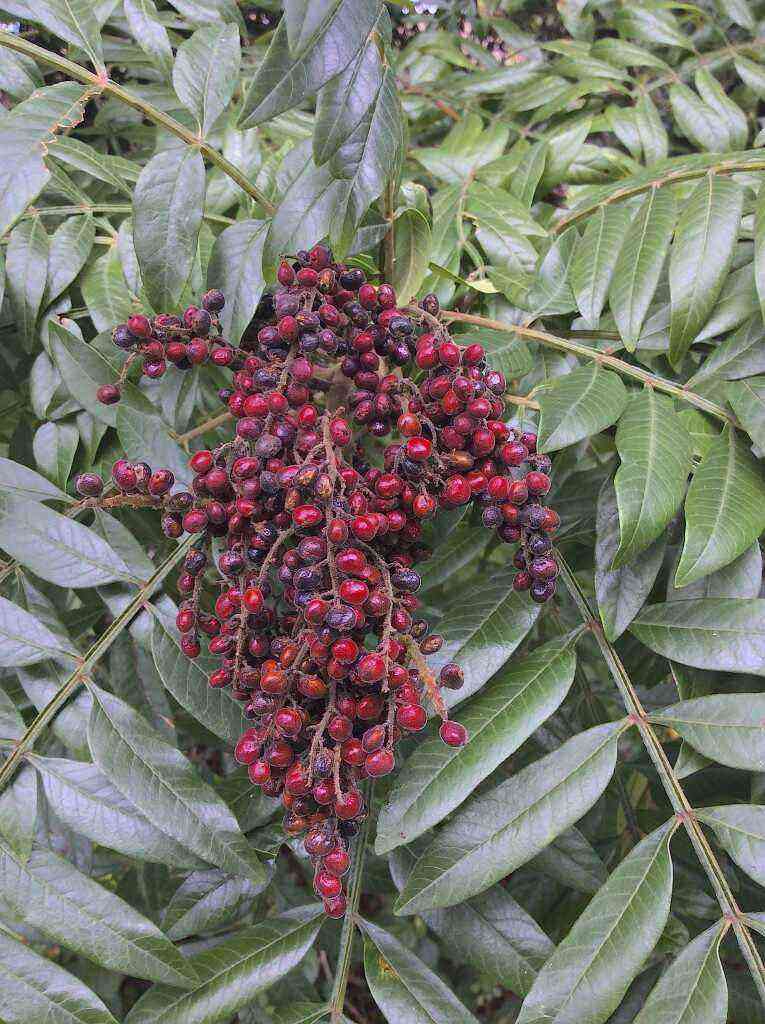
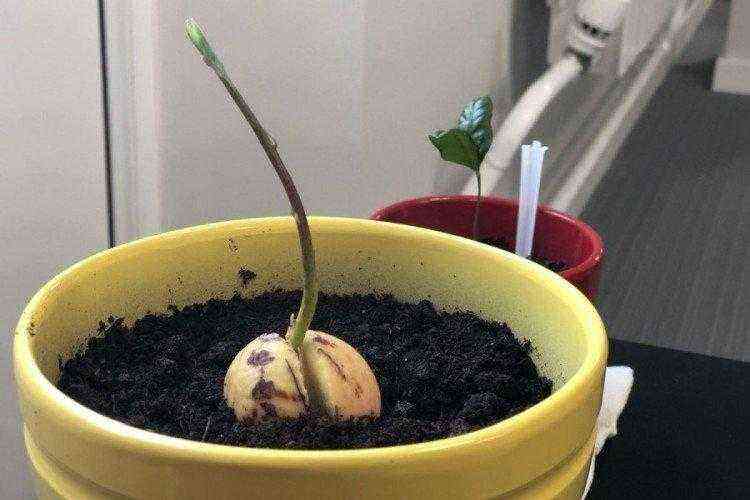
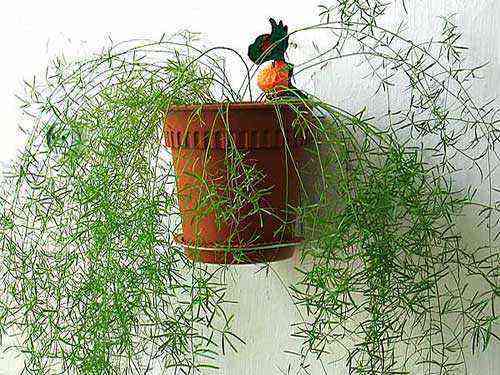
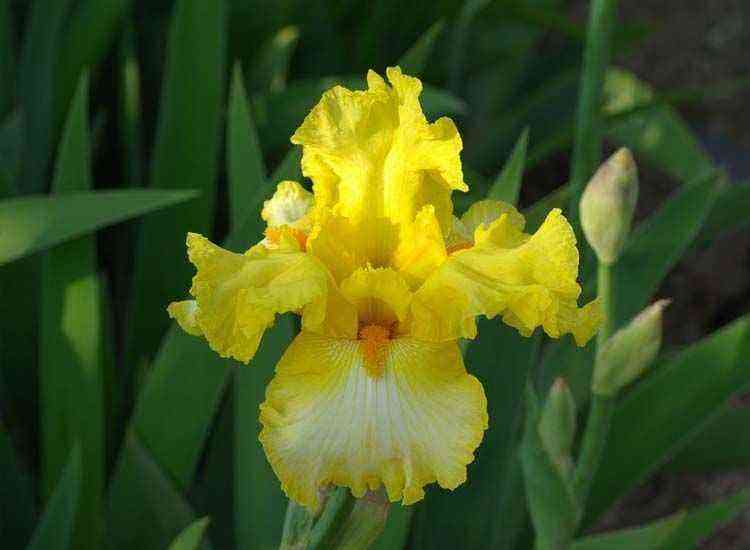
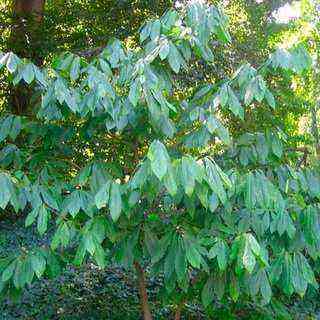



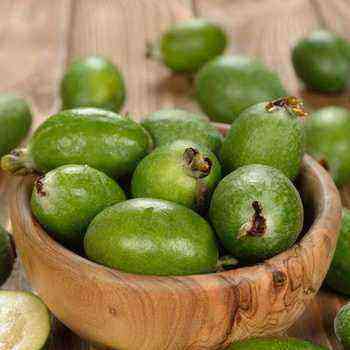
![Cultivo de Magnolia stellata [magnolia estrellada] Cultivo de Magnolia stellata [magnolia estrellada]](https://farmer-online.com/wp-content/uploads/2021/05/Cultivo-de-Magnolia-stellata-magnolia-estrellada.jpg)
